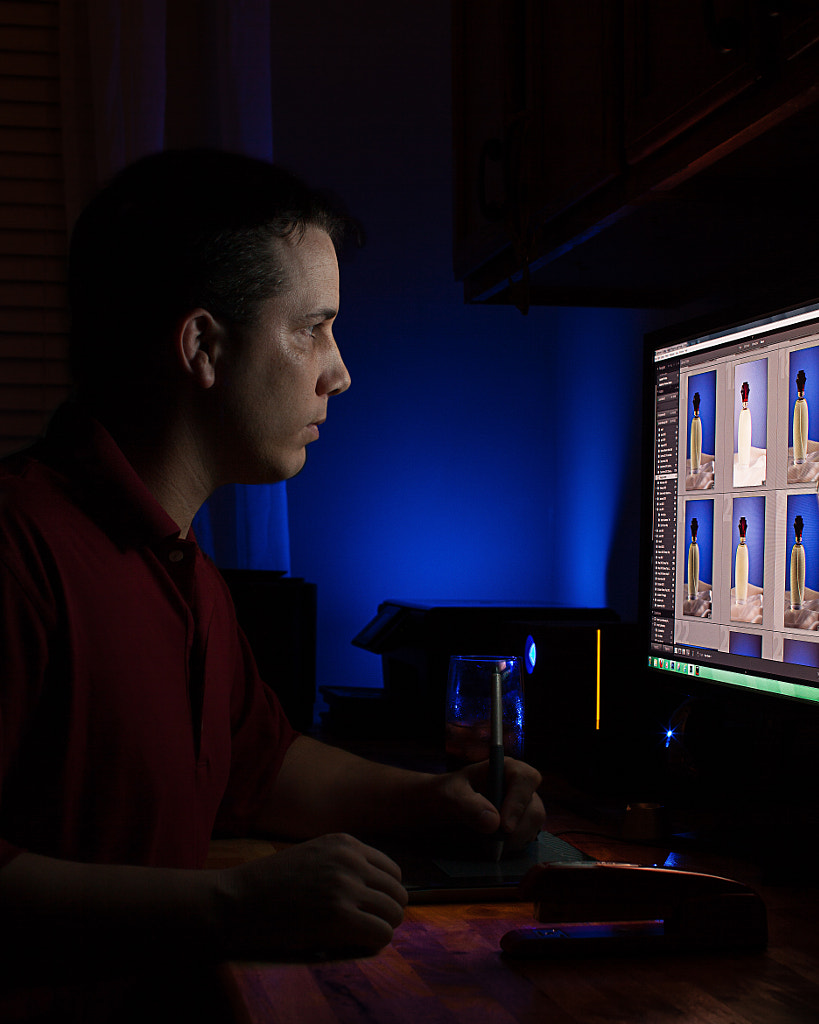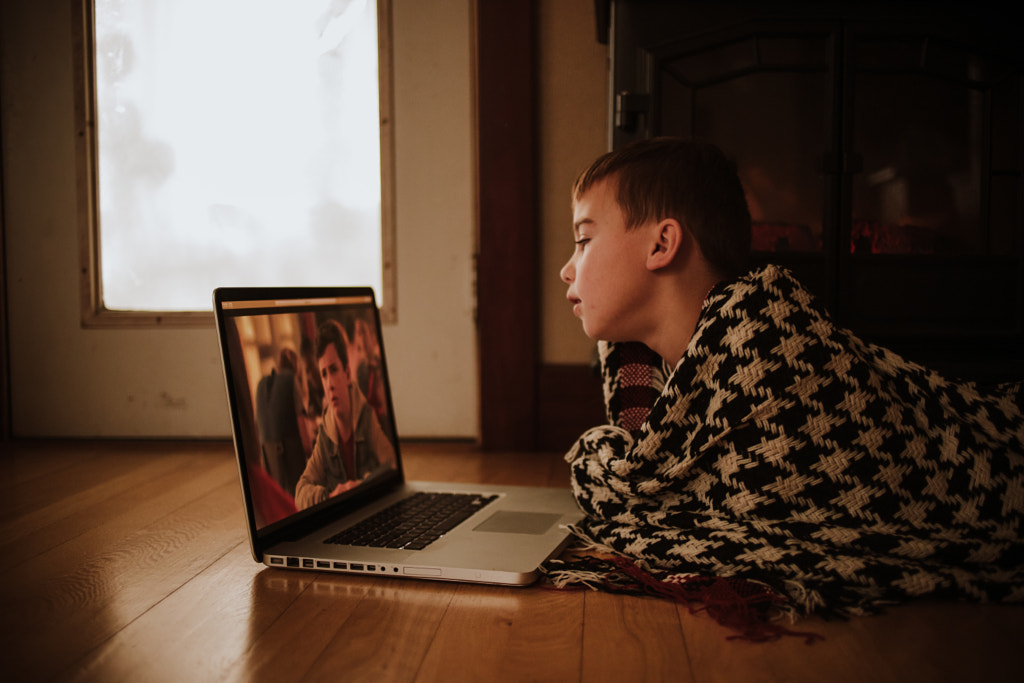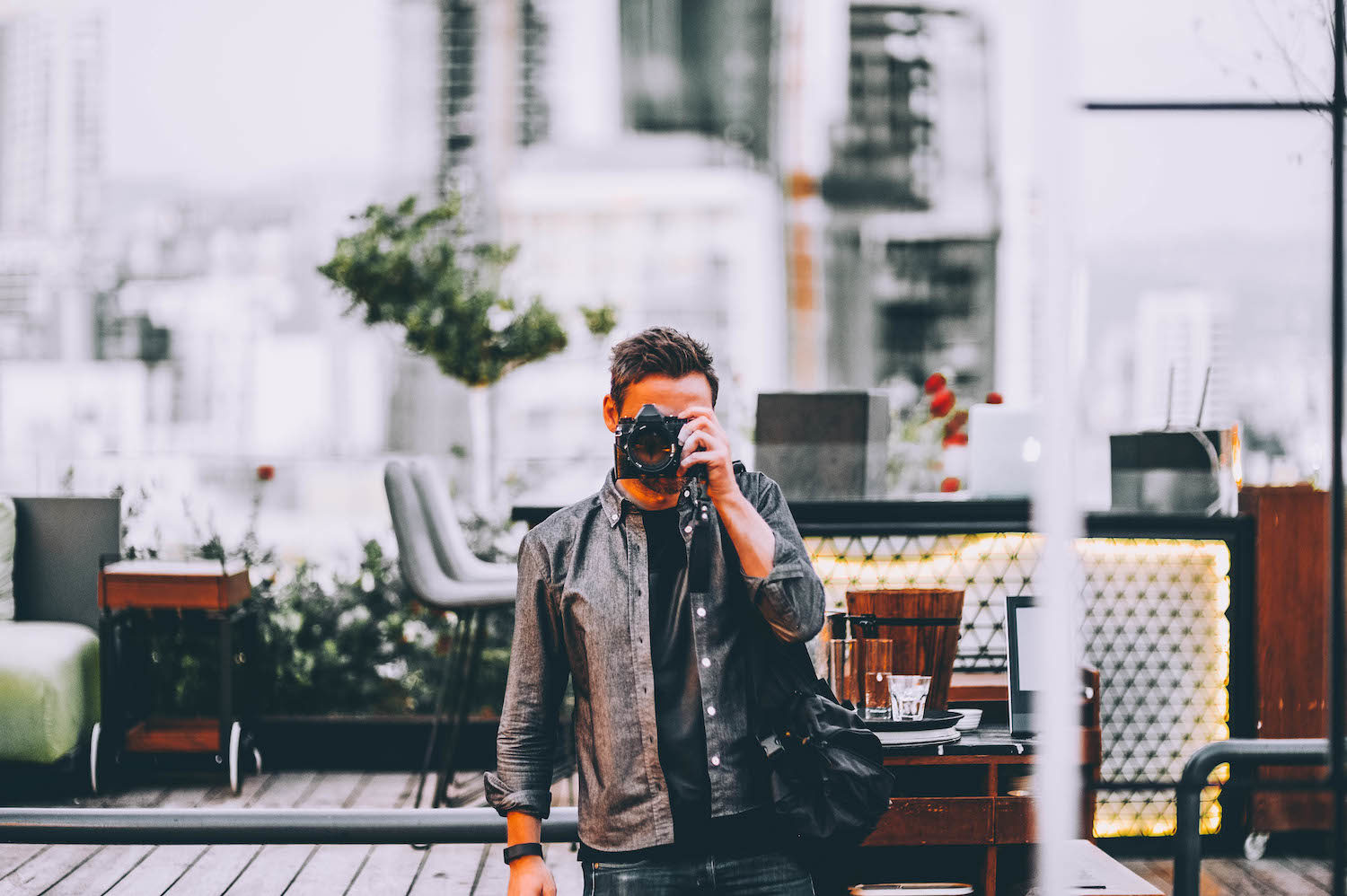In the early days of stock photography, commercial photographers used 4×5 cameras and film—and every frame cost money to produce. As a result, they had to be highly selective about what they chose to shoot and submit to stock libraries. A century ago, the bigger libraries had only around 20,000 well-curated photos available.
Today’s stock photographers, on the other hand, use DSLRs, mirrorless cameras, and even mobile devices to capture marketable images. In theory, that means they can shoot and submit a virtually unlimited number of images, but we still find that the most successful Licensing Contributors only submit a fraction of the photos they shoot.
Top distributors these days might house millions of images, but customers continue to gravitate towards the highest-quality photos available. In stock photography, we often talk about quantity—more photos is generally better than fewer photos—but quality also plays a vital role. One great photo that sells repeatedly is worth far more than ten mediocre photos that never sell.
Looking at your work critically and submitting only your strongest photos will also save you time and energy, increasing your productivity and freeing you up to create more work. Submitting too many similar photos, on the other hand, can result in image rejection. Here are our top tips for culling photos from your commercial shoots—and ultimately boosting your sales.
Check your thumbnails
During their initial search, image-buyers will only see your photos as a thumbnail; if it doesn’t grab their attention right away, they’ll scroll right past it. Our top tip is to think like a buyer and look at your photos first as thumbnails, not in full resolution. If it’s not compelling as a thumbnail, skip it and move on. If it is successful as a thumbnail, it’s a contender for your portfolio, and you can check it out at full size.
View your files at full size
Once your photo makes it through the thumbnail phase, go ahead and view it at 100%. During this second stage of culling, you’re looking for technical issues, like chromatic aberrations, noise, or focus problems. Thinking first about technical details is a great way to view your work objectively and unemotionally. If you didn’t get it right in-camera, it might not be worth trying to “rescue” it in post-production; instead, move it to another folder and focus only on processing your best images (i.e., the ones without any technical errors).
Look for versatility
Not every good photo—or technically perfect photo, for that matter—is a commercially viable photo. When browsing stock photos, buyers look for adaptability and versatility; they’re searching for photos they can crop, edit, and use across as many channels as possible. Often, they’re looking for negative space where they can add their own copy or logos. These are all things to consider when editing photos from a shoot; the more uses you can envision for any given photo, the higher its sales potential.
Another thing to look for when considering whether or not your photo has commercial appeal is to ask yourself whether it’s strong enough to stand on its own. Without any other images in the set, does your photo convey a narrative or a concept? Could a brand use it to help tell a story, advertise their products, or illustrate their ideas? Any photos you submit should work together as a group, in case the buyer wants to use a set, or individually, in case they buy just one.
View similar photos side-by-side
In Lightroom and similar editing apps, you can use the “Compare View” button (or the equivalent) to compare and contrast two or more images with similar compositions. Looking at them side-by-side can help you determine which one is stronger; maybe it comes down to a more natural and authentic expression on the model’s face, or perhaps it’s determined by extra copy space. Whatever it is that differentiates the photos will be more apparent when viewed at the same time. The 500px Content Team suggests, “Try to limit yourself to only submit a maximum of two or three photos that are relatively similar.”
Rate your photos
A star rating or color-coding system can be helpful when working with large volumes of photos. For example, photos with technical issues might get a score of one or two, while photos that don’t pass the thumbnail test get a three.
Only those with commercial appeal get a four or five, with five stars reserved for the best of the best, without any duplicates or similar images. Once you’re done, you only have to worry about editing and submitting the five-star images—you can filter by number or color using Lightroom—rather than wasting your time on images that aren’t up to par.
Sometimes it can help to take a few passes here. If you’re unsure about an image, step away and come back to it the next day with fresh eyes.
Set a limit
It can also help to give yourself a goal; for example, maybe you’ll aim to submit 10-20% of the images you take during a session. Set a number of photos you plan to shoot, and then hold yourself to that percentage while culling. Setting general limits on how many photos you want to submit—say, 50 per shoot—can keep you from going overboard and submitting too many similar photos.
If you happen to capture an unusual number of diverse and marketable images, of course, it’s okay to make an exception, but challenge yourself to think critically and objectively. Ask yourself, “Would I send this photo to my dream client?” If the answer is “no,” consider skipping it. If it’s a resounding “yes,” upload away. Your portfolio should represent your best work.
Compare your work with others
When conceptualizing your shoots, you already research trending topics and keywords, but doing some homework can also help during the editing process. Search for some of your target keywords on 500px or Getty Images, and browse the top photos under that topic. Are your photos better than what’s already available, or do they offer a unique perspective? Similarly, do any of your images tap into motifs or trends you notice in best-selling photos? Sometimes, asking these questions can help give some photos “an edge” over the others.
Your own sales will also be a good indicator of what works and what doesn’t. On 500px, you have access to invaluable feedback not only from clients but also from your peers; check out the comments on your images, and track which images sell; take note of what people like, and use that as a guide for what you submit in the future.
Not on 500px yet? Click here to learn about Licensing with 500px.














Leave a reply